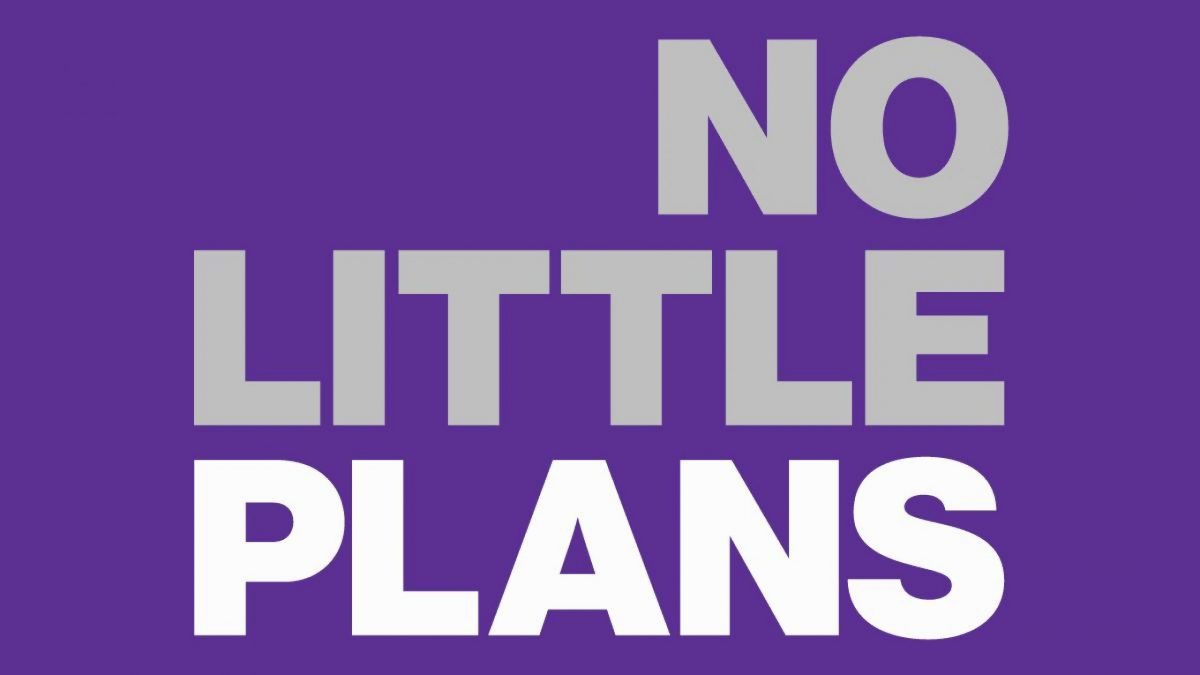EPISODE SUMMARY
We look at policing in Canada’s eastern Arctic. What does safety look like for Inuit? And how do communities feel justice is being served?
EPISODE NOTES
We look at policing in Canada’s eastern Arctic. What does safety look like for Inuit? And how do communities feel justice is being served?
The criminal justice system—the courts, the prison system, the police—is designed to protect Canadians and distribute justice fairly. But your interactions with the system have a lot to do with who and where you are in Canada. According to data reporting from CBC, Inuit are dying during interactions with police at a significantly higher rate in Nunavut and Nunavik than elsewhere in the Arctic. Meanwhile, a number of elected officials and Inuit leaders have been calling for a full-systematic review of policing in Nunavut.
Last year, as the world faced a reckoning with police violence, a video surfaced. It shows a man in Kinngait, Nunavut, walking on the side of the road, when an officer in an RCMP vehicle suddenly pulls up behind him, opens his side door and knocks the man to the ground. According to Nunatsiaq News, this was the sixth incidence of police violence to be investigated externally in 2020. More than 200 marched in downtown Iqaluit in protest. And in this episode of No Little Plans, we look at Sustainable Development Goal #16: peace, justice and strong institutions.
“There’s so much trauma, both lived and remembered, and then intergenerational. That’s usually the first thing that people point to, to help explain how things have gotten the way that they have” –Thomas Rohner
Thomas Rohner is a CBC investigative journalist based in Iqaluit who reports on criminal justice in the Arctic. After a few years, he noticed that the number of police-related deaths reported in the area seemed disproportionate to the population. So he collected data from Nunavut’s coroner dating back to 1999, as well as data from Ontario for comparison. “In 21 years of data that we looked at, Nunavut’s rate of police-related deaths was more than nine times higher than Ontario’s. In just the last decade, that number was more than 14 times higher,” he says. (For Rohner’s purposes, police-related deaths refers to any deaths that occurred during, after or in police custody.)
He spoke to Inuit leaders who attributed the problems to the troubled historical relationship between police and Inuit communities. “The elected leader of a large Inuit organization told me that when she was a kid growing up, she would see police cars,” he says. “They didn’t inspire a sense of safety. It was the opposite—where memories were triggered of how police treated her family members.”
From the RCMP perspective, he says, community officers are never off duty. If they’re sleeping, they’re on call, and there’s little to no backup available. “It’s the logistical thing that comes up on a regular basis that leaves the police saying, ‘Well, Nunavut’s a special case. And in Nunavut saying, ’Don’t we deserve the same as everyone else?’” In response to recent public scrutiny, the RCMP launched a body-cam project in Iqaluit last November, aiming to get all officers on shift setup with body-worn-cameras. The promise is big: rebuild public confidence. But who will gain access to the video? How will it be stored? And when will officers be able to turn their own cameras on and off?
We reached out to the RCMP for comment on this episode, but they said they couldn’t respond in time for our deadline. Since we recorded our interviews, the RCMP released a statement about the second run of a program to get more Inuit into basic training. And that they’ve signed a working agreement with Pauktuutit, the organization that represents Inuit women.
“Justice is about a community of people who feel like they belong in their community…If people genuinely feel like they are safe, they are loved, they belong, then things would be a lot better” —Joseph Murdoch-Flowers
Later in the episode, we hear from Curtis Mesher, a Jane Glassgo policy fellow at the Gordon Foundation, where he’s researching criminal justice reform and police oversight in the north. While the RCMP police most of the Canadian north, Nunavik—where Mesher lives—is served by the Kativik Regional Police Force. Although the KRPF is an Indigenous police force on paper, they have trouble recruiting Indigenous officers, so they’re forced to mostly hire French-speaking officers from southern Quebec. Mesher says this creates a culture clash between the officers and the community they’re serving. “They’re quite literally outsiders in most senses of the term, be it language, culture, understanding of the region,” he says, suggesting they might be instilling values that are at odds with the community.
Joseph Murdoch-Flowers, a legal aid lawyer in Iqaluit, meanwhile, argues that colonial law doesn’t always reflect Inuit values. In the Charter of Rights and Freedoms, for example, citizens are guaranteed the right to remain silent. “For many Inuit, it’s counterproductive to take that route because bottling it up inside and holding onto their own knowledge of their own offending behavior is unhealthy,” he says. “An important part of healing and moving on in a healthy way is admitting to a mistake and seeking forgiveness.”
He echoes Mesher’s concerns about the lack of Indigenous representation in the criminal justice system up north. “The way I see it now is… it’s the colonial law that prevails,” he says. “Any iindigenous way of dealing with any sort of conflict is marginalized. But it is meaningful and valuable—especially to indigenous people.”
